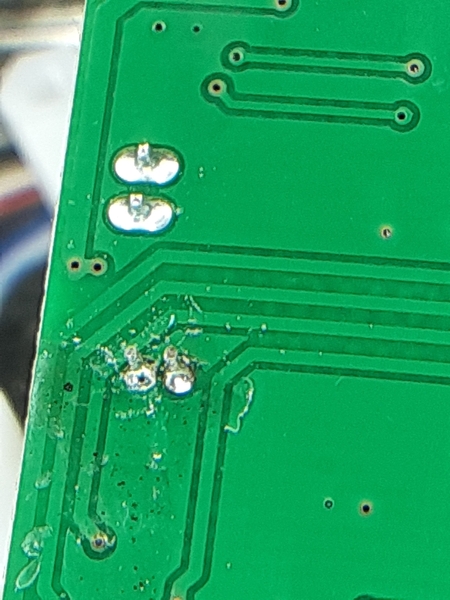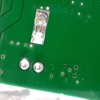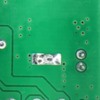The symptoms are that something is overheating, going into thermal shutdown, and then cooling and turning back on again. The 2 candidates for that are the switching regulator IC or the linear regulator IC but replacing them is not the fix. Again, this is where the electrical common sense has to kick in, they are being overloaded by something else drawing too much current on the regulated voltage side of this. If that is the case, then candidates are the Motor Drive H-bridge chip, the audio amp, the radio section, or an LED since those too would be on the regulated DC output. It's unlikely to be the audio amp or the main processor since we are getting sounds. That leaves 2 other candidates, you blew the H-bridge motor control and knowing it's limits, that's not impossible, or the other possible answer, an LED or maybe the switch shorted and is causing an overload of the logic source voltage.
What it is not is the bridge rectifier. If that is going into thermal- I would hope that would be painfully obvious and likely lead to smoke.

So let's eliminate the common sense items like LEDs first. They are the Yellow, White, and Black plugs. If you unplug them and give it power, do the sounds stay running indicating we have steady power? Can you then activate the drive motor?
 r.
r.
Now inspect the H-bridge chip with a magnifier and look for possible damage. It is next to the rectifier on the big capacitor end of the board.
Possibly unplug the red motor wire leads and see if the board stay powered. Sorry, wrong picture was posted now edited. Should say Motor beside the red socket and is right there by the big capacitors.

The motor driver is somewhat limited to 3.5A, it is just a A4950T https://www.allegromicro.com/~...A4950-Datasheet.ashx








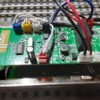















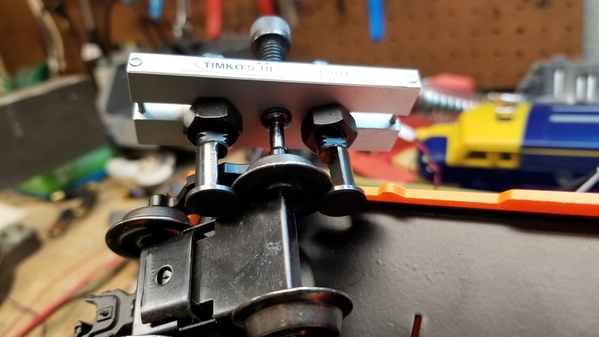


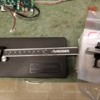

 r.
r.







